Home>Gardening & Outdoor>Landscaping Ideas>How To Kill Bent Grass
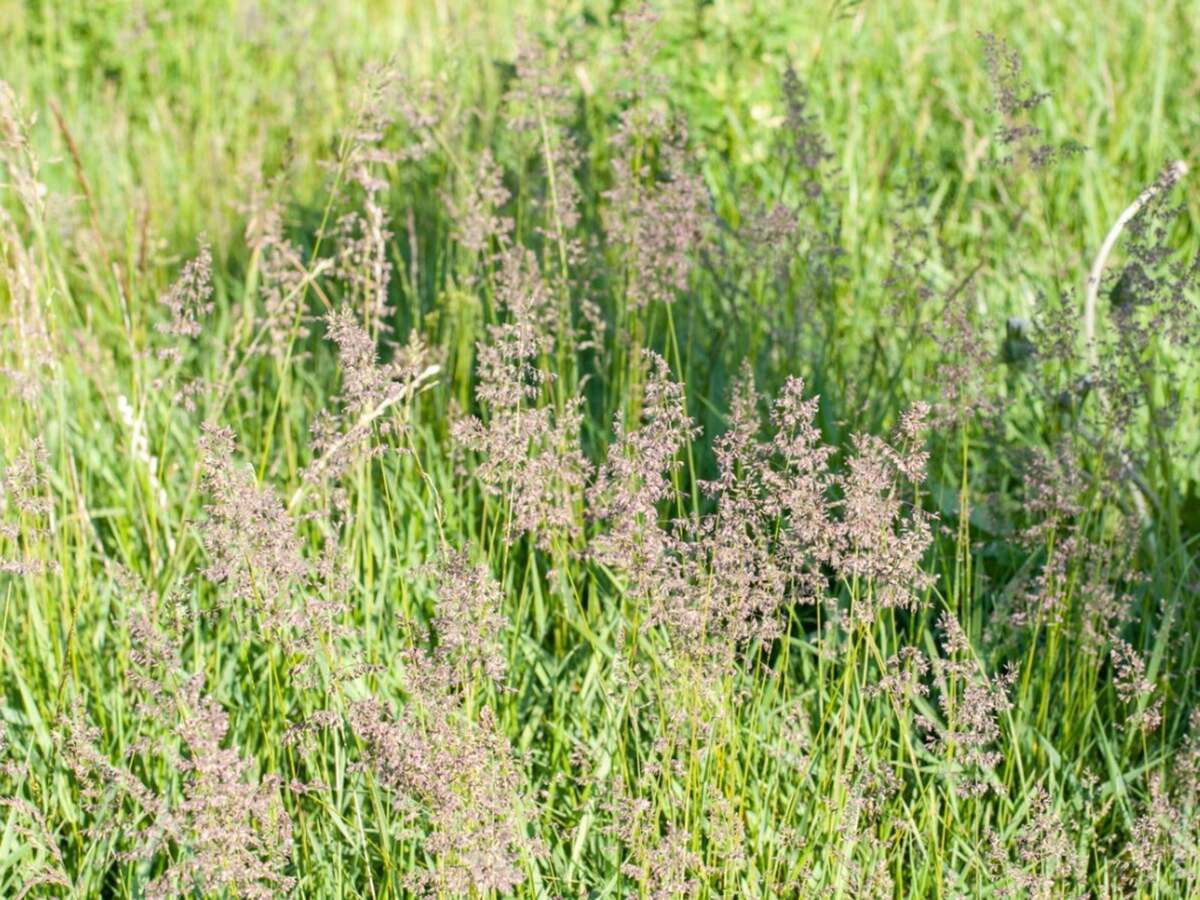

Landscaping Ideas
How To Kill Bent Grass
Published: January 24, 2024
Learn effective landscaping ideas to eliminate bent grass from your lawn. Discover expert tips and techniques for a lush, healthy yard.
(Many of the links in this article redirect to a specific reviewed product. Your purchase of these products through affiliate links helps to generate commission for Storables.com, at no extra cost. Learn more)
**
Introduction
**
Bentgrass, a fine-bladed, lush green grass, is a popular choice for golf courses and lawns due to its attractive appearance and ability to create a smooth, uniform surface. However, its aggressive growth and invasive nature often pose challenges for maintaining a pristine lawn or garden. In this comprehensive guide, we will explore the various methods for effectively managing and controlling bentgrass, ensuring that your outdoor spaces remain healthy and visually appealing.
Whether you are a homeowner striving for a flawless lawn or a professional landscaper seeking to address bentgrass infestations, this article will provide valuable insights and practical strategies for combatting this resilient grass species. From understanding the characteristics of bentgrass to implementing prevention and control measures, we will delve into the nuances of managing this persistent plant. By the end of this guide, you will be equipped with the knowledge and techniques necessary to tackle bentgrass-related issues with confidence and expertise. Let's embark on this journey to reclaim the beauty of your outdoor spaces while cultivating a deeper understanding of bentgrass and its management.
Key Takeaways:
- Bentgrass is a tough, invasive grass that can take over lawns and landscapes. To control it, use proper lawn care, resistant grass varieties, and vigilant inspection to prevent its spread.
- To get rid of bentgrass, try pulling it out by hand, using a sod cutter for larger areas, and creating barriers to contain it. You can also use herbicides, but be careful and follow guidelines.
Read more: What Does Bent Grass Look Like
Understanding Bent Grass
Before diving into the methods of eradicating bentgrass, it is essential to comprehend the nature of this resilient plant. Bentgrass, scientifically known as Agrostis, is a cool-season grass that thrives in temperate climates, making it a popular choice for lawns, golf courses, and athletic fields. Its fine texture and dense growth habit contribute to its aesthetic appeal, but these same characteristics also make it a formidable opponent in the battle for lawn dominance.
Bentgrass is known for its aggressive spreading through aboveground stolons and underground rhizomes, enabling it to form dense mats and outcompete other grass species. This vigorous growth habit, coupled with its tolerance for low mowing heights, can lead to its encroachment on desired turfgrass varieties, causing frustration for property owners and groundskeepers.
Furthermore, bentgrass exhibits exceptional resilience in the face of environmental stressors, such as drought, heat, and heavy foot traffic. This adaptability allows it to thrive in challenging conditions, making it a persistent presence in lawns and landscapes.
Understanding the growth patterns, resilience, and adaptability of bentgrass is crucial for devising effective management strategies. By gaining insight into the behavior and characteristics of this grass species, individuals can better equip themselves to address and control its proliferation in their outdoor spaces.
Now that we have established a foundational understanding of bentgrass, let’s proceed to the next section, where we will explore methods for identifying this resilient grass amidst your lawn or landscape.
Identifying Bent Grass
Recognizing bentgrass within your lawn or landscape is the first step toward implementing targeted control measures. Due to its fine texture and distinctive growth patterns, identifying bentgrass can be a relatively straightforward process for observant individuals. Here are several key characteristics to aid in the identification of bentgrass:
- Fine Texture: Bentgrass is known for its fine, narrow blades, which contribute to its lush and velvety appearance. When compared to other grass species, its distinct texture sets it apart, making it easily recognizable to the discerning eye.
- Dense Growth: This grass forms dense, compact tufts or mats, often creating a uniform, carpet-like appearance in lawns and turf areas. Its ability to form thick, interwoven patches distinguishes it from surrounding grass varieties.
- Aggressive Spreading: Bentgrass spreads through aboveground stolons and underground rhizomes, allowing it to rapidly colonize areas and outcompete neighboring grasses. Its aggressive growth habit contributes to its resilience and persistence.
- Tolerance for Low Mowing: Bentgrass exhibits tolerance for close mowing, enabling it to thrive in environments where other grass species may struggle. This characteristic makes it a common component of golf course putting greens and fairways.
When inspecting your lawn or landscape for the presence of bentgrass, pay close attention to areas where the grass appears exceptionally dense, fine-textured, and resilient to low mowing heights. Additionally, consider the history of the site, as bentgrass is frequently introduced intentionally in certain settings, such as golf courses, and may spread into adjacent areas over time.
By familiarizing yourself with the distinguishing features of bentgrass, you can confidently identify its presence and take proactive measures to address any infestations or encroachments within your outdoor spaces. In the following sections, we will explore effective strategies for preventing the establishment and spread of bentgrass, providing you with the knowledge to maintain a healthy and vibrant lawn or landscape.
Preventing Bent Grass
Preventing the establishment and spread of bentgrass is a proactive approach to maintaining the integrity and visual appeal of your lawn or landscape. By implementing targeted measures, property owners and groundskeepers can minimize the likelihood of bentgrass encroachment and preserve the health of desired turfgrass species. Here are several effective strategies for preventing the proliferation of bentgrass:
- Proper Lawn Care Practices: Maintaining a healthy and robust lawn through proper cultural practices, such as regular mowing, adequate watering, and appropriate fertilization, can create an environment that is less conducive to bentgrass growth. Promoting the vigor of desired turfgrass varieties can help suppress the establishment of bentgrass.
- Selection of Resistant Grass Varieties: When establishing or renovating a lawn, selecting turfgrass varieties that are resistant to bentgrass can serve as a preemptive measure against its encroachment. Consult with local experts or turfgrass specialists to identify suitable grass species for your region.
- Vigilant Site Inspection: Regularly inspecting your lawn or landscape for early signs of bentgrass invasion is crucial for swift intervention. By promptly addressing any incipient infestations, you can prevent the spread of bentgrass and minimize its impact on the overall aesthetic and health of your outdoor spaces.
Implementing these preventive measures can fortify the resilience of your lawn or landscape against bentgrass infestations, allowing you to cultivate and maintain lush, vibrant turf without the encumbrance of invasive grass species. However, if bentgrass has already taken root in your outdoor spaces, it may be necessary to employ targeted removal and control methods to mitigate its presence.
As we transition to the subsequent sections, we will explore mechanical and chemical approaches to removing and managing bentgrass, equipping you with a diverse array of strategies to effectively address this persistent grass species. By integrating these methods into your lawn care regimen, you can reclaim the beauty and health of your outdoor spaces while fostering an environment conducive to the flourishing of desired turfgrass varieties.
To kill bent grass, apply a selective herbicide labeled for use on bent grass. Follow the instructions carefully to avoid damaging surrounding grass.
Mechanical Removal of Bent Grass
Employing mechanical removal methods is a practical and hands-on approach to eradicating bentgrass from your lawn or landscape. By utilizing manual techniques and specialized tools, property owners and groundskeepers can effectively target and eliminate bentgrass infestations. Here are several mechanical removal methods to consider:
- Hand Pulling: For smaller patches of bentgrass, hand pulling can be a viable method of extraction. Grasping the grass near its base and gently but firmly pulling upward can dislodge the plants, especially when the soil is moist. It is important to ensure that the entire root system is removed to prevent regrowth.
- Sod Cutter: In cases where bentgrass has spread extensively, using a sod cutter can facilitate the removal of large sections of turf, including the underlying bentgrass-infested soil. This method is particularly effective for addressing widespread infestations and creating a clean slate for reseeding or replanting.
- Manual Edging: Creating defined edges along lawn borders and landscape beds can help contain and restrict the spread of bentgrass. By manually edging the areas where bentgrass encroachment is prevalent, you can establish barriers that impede its outward growth and facilitate targeted management.
Integrating these mechanical removal techniques into your lawn care regimen can yield tangible results in combating bentgrass infestations. It is important to exercise diligence and persistence when employing these methods, as bentgrass, with its resilient growth habit, may require repeated efforts to fully eradicate from the landscape.
While mechanical removal methods offer a hands-on approach to addressing bentgrass, it is essential to complement these techniques with targeted control measures to prevent regrowth and reinfestation. In the subsequent section, we will explore chemical control strategies for managing bentgrass, providing you with a comprehensive toolkit for combating this persistent grass species.
As we transition to the realm of chemical control, it is important to approach these methods with care and consideration for environmental impact and the health of desired vegetation. By integrating mechanical and chemical approaches judiciously, you can effectively reclaim your outdoor spaces from the encroachment of bentgrass while fostering the flourishing of preferred turfgrass varieties.
Read more: How To Kill Crabgrass
Chemical Control of Bent Grass
Implementing chemical control measures can serve as an effective strategy for managing and suppressing bentgrass infestations in lawns and landscapes. By utilizing herbicides specifically targeted at controlling bentgrass, property owners and groundskeepers can address persistent infestations and prevent the regrowth of this resilient grass species. Here are several approaches to consider for chemical control of bentgrass:
- Selective Herbicides: Certain selective herbicides are formulated to target and control bentgrass while preserving the integrity of desirable turfgrass species. These herbicides are designed to selectively inhibit the growth of bentgrass without adversely affecting surrounding grass varieties, providing a targeted and effective means of control.
- Non-Selective Herbicides: In cases where bentgrass infestations are widespread and necessitate comprehensive eradication, non-selective herbicides can be employed to eliminate all vegetation in the targeted area. Following the application of non-selective herbicides, the site can be reseeded or replanted with preferred turfgrass varieties.
- Pre-Emergent Herbicides: Pre-emergent herbicides can be utilized to prevent the germination and establishment of bentgrass seeds, serving as a proactive measure to thwart the spread of this resilient grass species. By inhibiting the early stages of growth, pre-emergent herbicides help maintain the integrity of lawns and landscapes.
When employing chemical control methods, it is imperative to adhere to product labels and application guidelines to ensure safe and effective usage. Additionally, consideration should be given to environmental impact and the potential effects on non-target vegetation, emphasizing the importance of responsible and informed application.
Integrating chemical control measures with mechanical removal techniques can yield comprehensive and enduring results in managing bentgrass infestations. By combining these approaches judiciously, property owners and groundskeepers can effectively suppress the encroachment of bentgrass while fostering the proliferation of desired turfgrass varieties, restoring the health and visual appeal of their outdoor spaces.
As we conclude our exploration of bentgrass control methods, it is evident that a multifaceted approach encompassing prevention, mechanical removal, and targeted chemical control is essential for effectively managing this resilient grass species. By leveraging the insights and strategies presented in this guide, individuals can navigate the challenges posed by bentgrass infestations with confidence and expertise, reclaiming the beauty and vitality of their lawns and landscapes.
Conclusion
In conclusion, the management and control of bentgrass require a multifaceted approach that encompasses understanding its characteristics, identifying its presence, and implementing targeted prevention and removal strategies. By gaining insight into the growth patterns and resilience of bentgrass, individuals can effectively recognize and address its encroachment within their outdoor spaces.
From preventive measures, such as proper lawn care practices and the selection of resistant grass varieties, to hands-on mechanical removal techniques and the judicious use of targeted herbicides, property owners and groundskeepers have a diverse array of strategies at their disposal to combat bentgrass infestations. By integrating these methods into their lawn care regimens, individuals can foster the flourishing of desired turfgrass varieties while suppressing the persistence of bentgrass.
It is important to approach the management of bentgrass with diligence, persistence, and consideration for the health of the overall landscape. By implementing a combination of preventive, mechanical, and chemical control measures, individuals can reclaim the beauty and vitality of their lawns and landscapes, cultivating outdoor spaces that are resilient, vibrant, and visually appealing.
As you embark on the journey to manage bentgrass within your outdoor spaces, remember that each lawn and landscape is unique, and the most effective strategies may vary based on specific environmental conditions and the extent of bentgrass infestations. By leveraging the knowledge and techniques outlined in this guide, you are equipped to address the challenges posed by bentgrass with confidence and expertise, ensuring that your outdoor spaces remain healthy, vibrant, and free from the encumbrance of invasive grass species.
With a comprehensive understanding of bentgrass and a diverse toolkit of management strategies at your disposal, you are well-prepared to navigate the complexities of bentgrass control, fostering the long-term health and beauty of your lawns and landscapes. Embrace the journey of reclaiming your outdoor spaces from the persistence of bentgrass, and revel in the transformation of your landscapes into thriving, resilient environments that reflect your dedication to their care and maintenance.
Frequently Asked Questions about How To Kill Bent Grass
Was this page helpful?
At Storables.com, we guarantee accurate and reliable information. Our content, validated by Expert Board Contributors, is crafted following stringent Editorial Policies. We're committed to providing you with well-researched, expert-backed insights for all your informational needs.
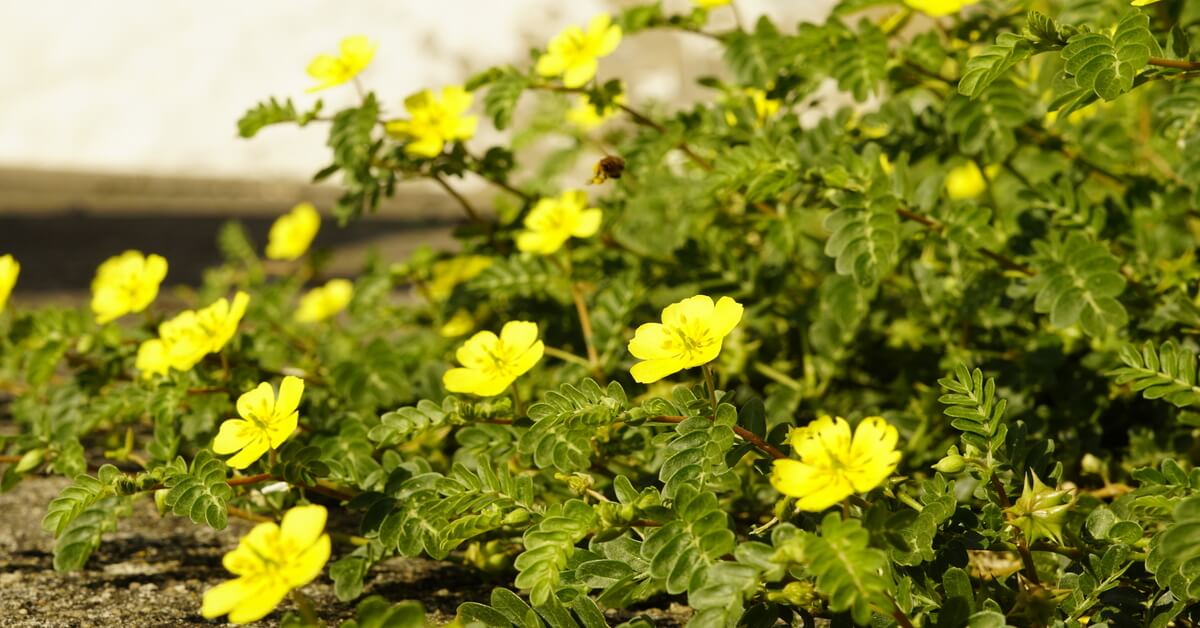
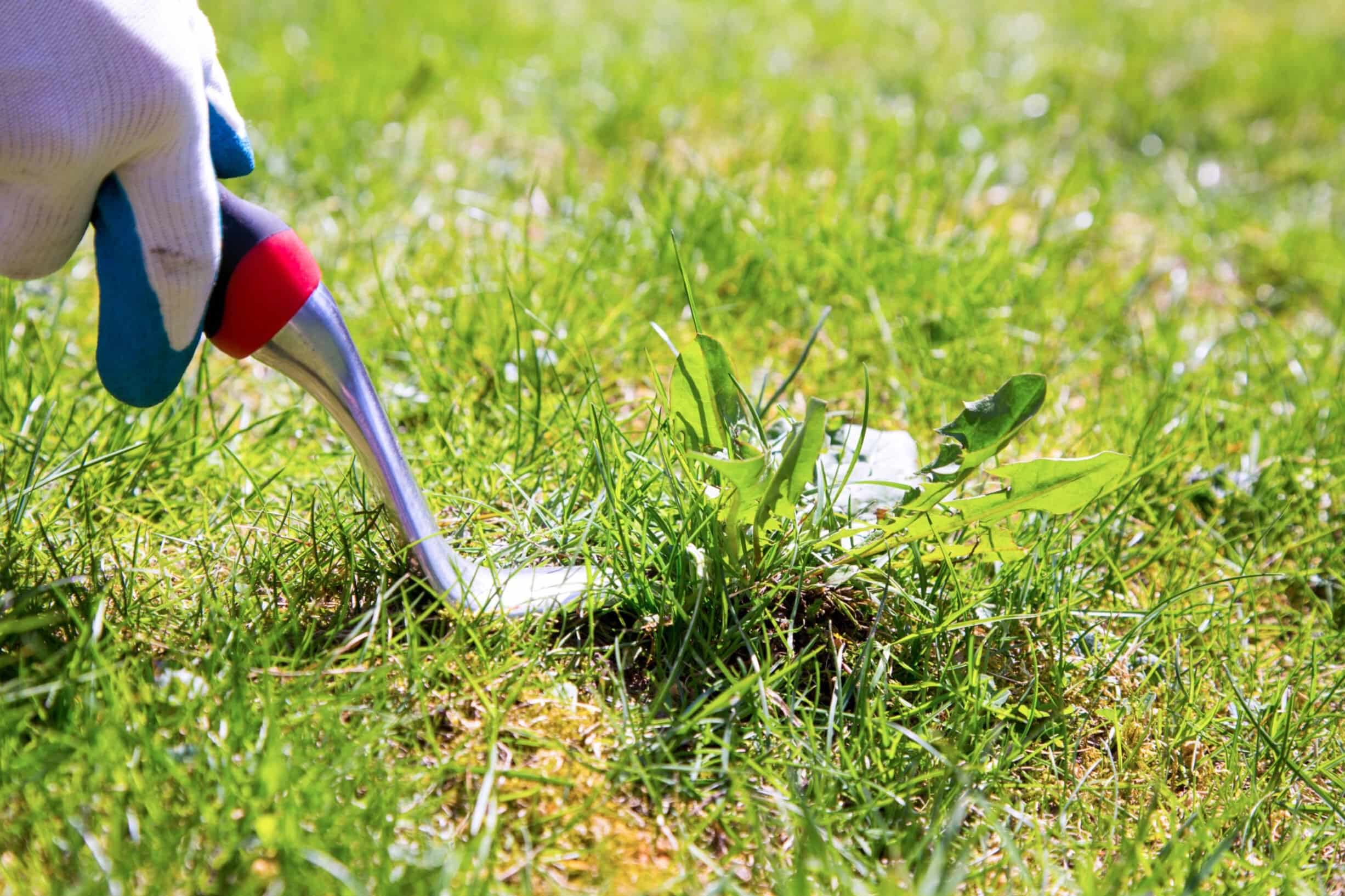
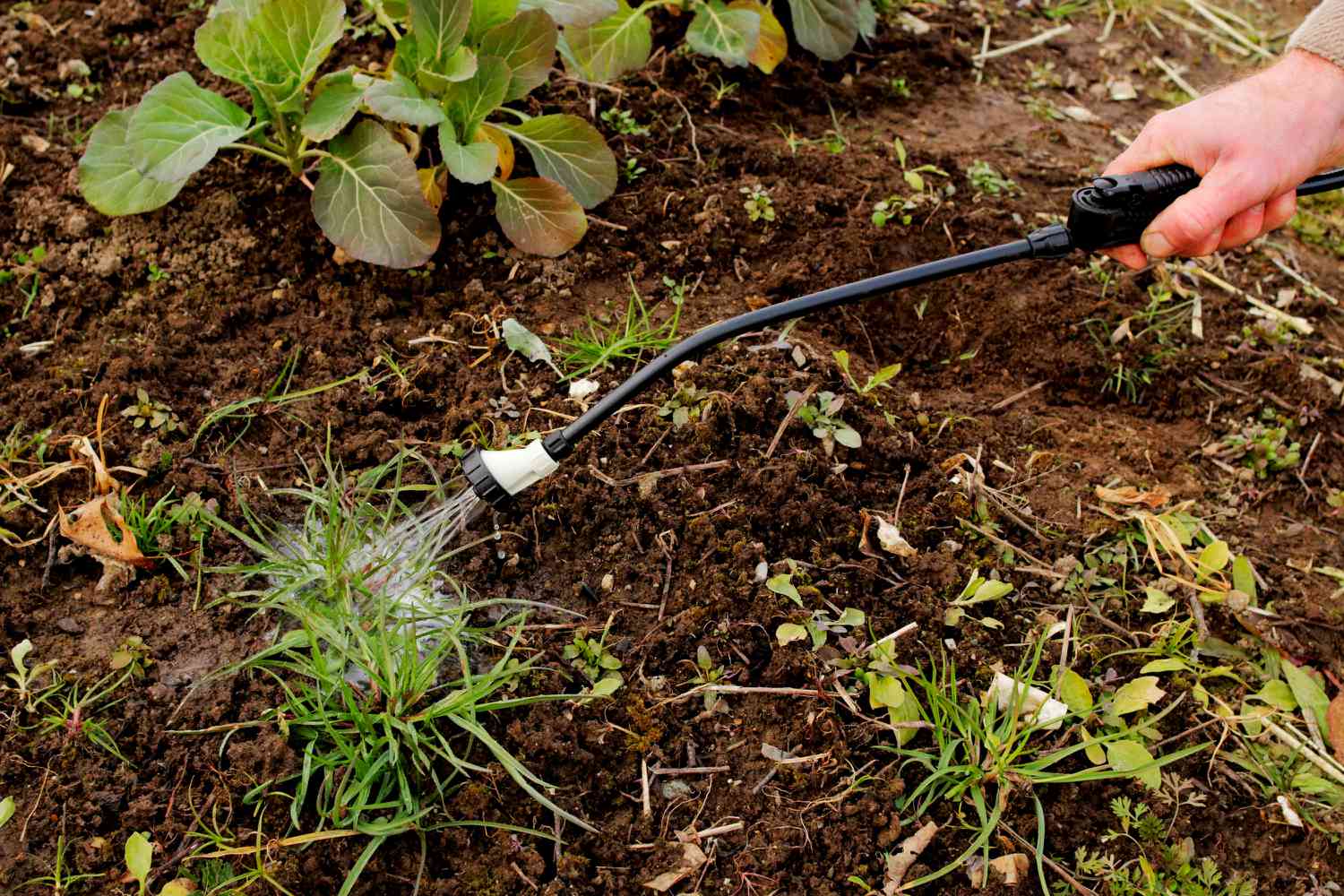
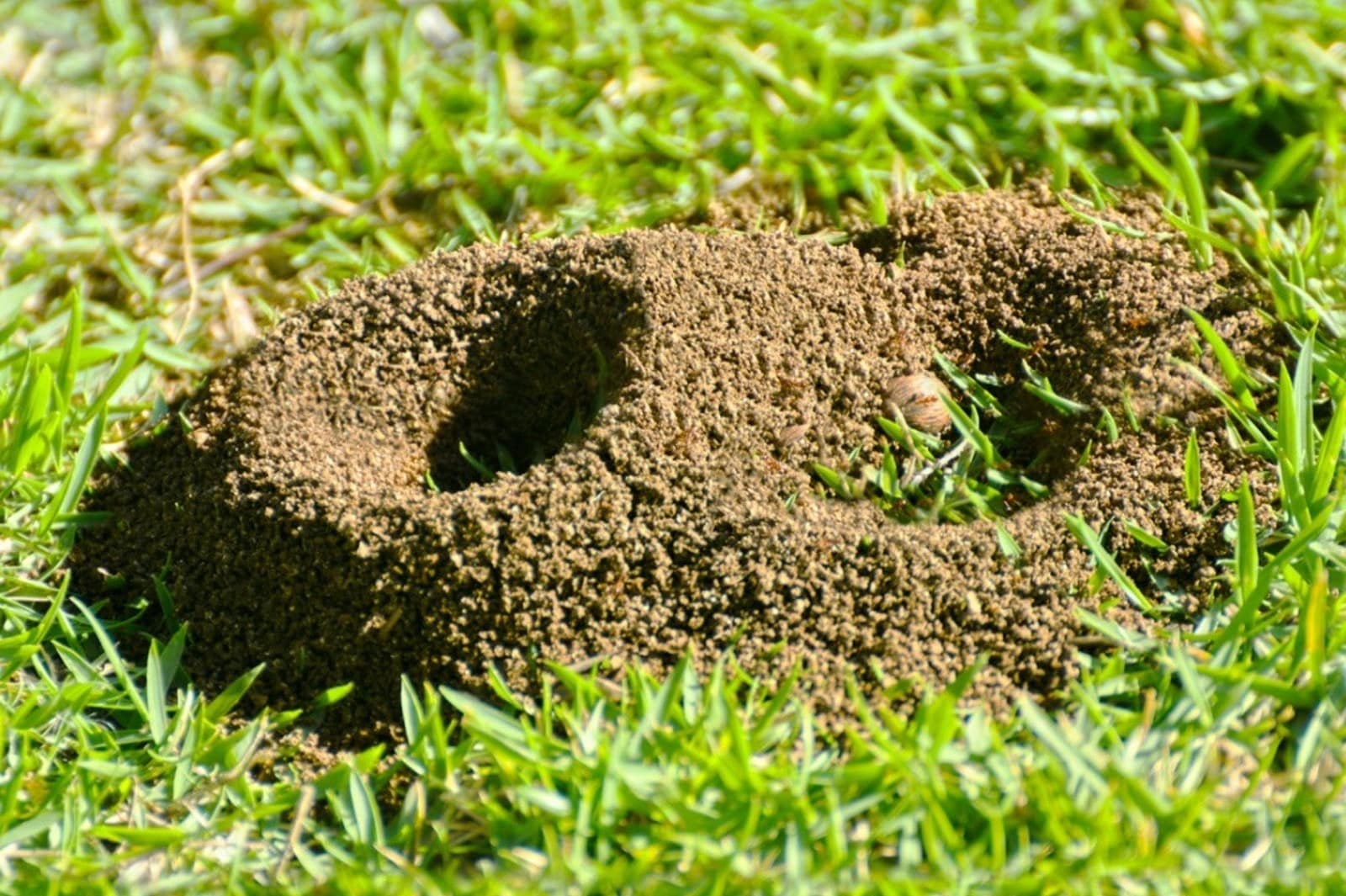
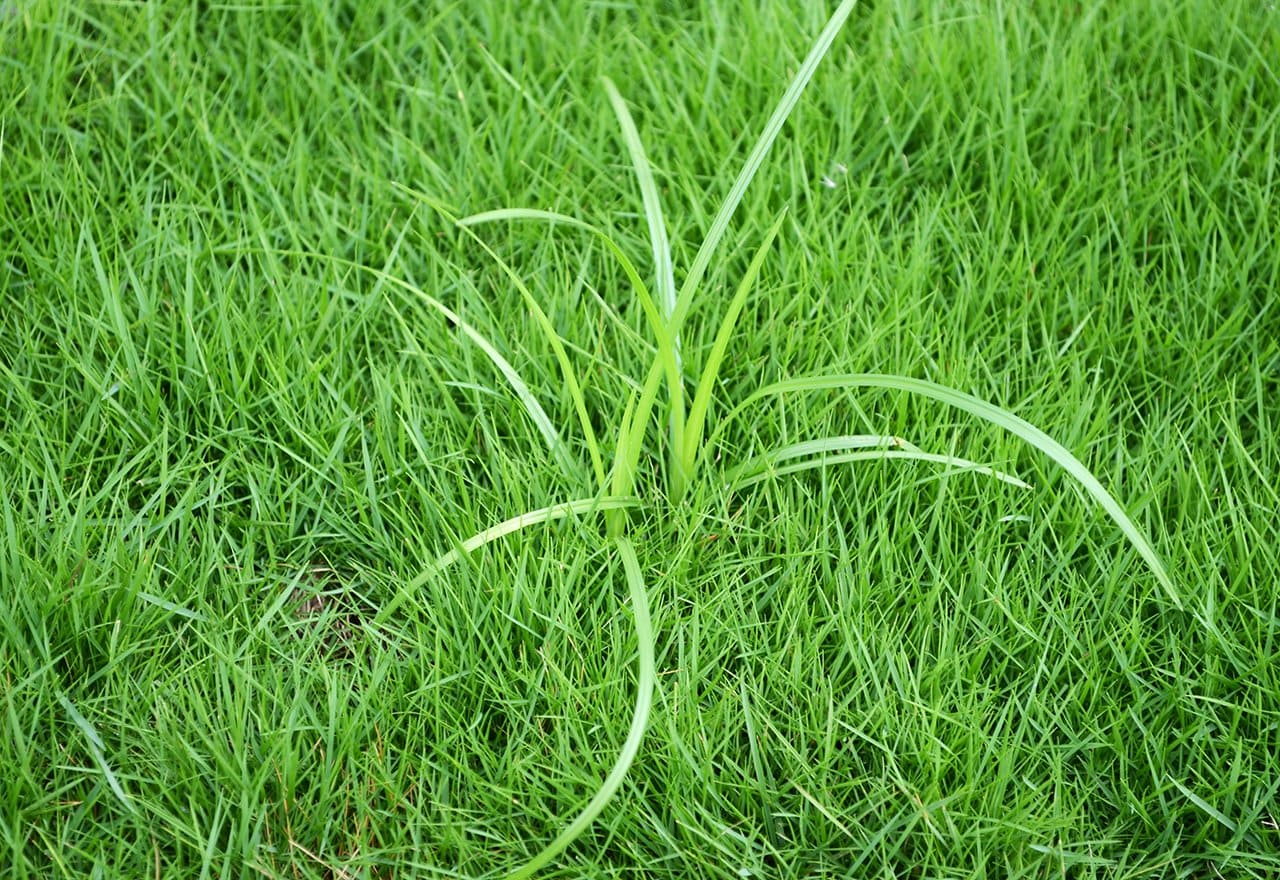
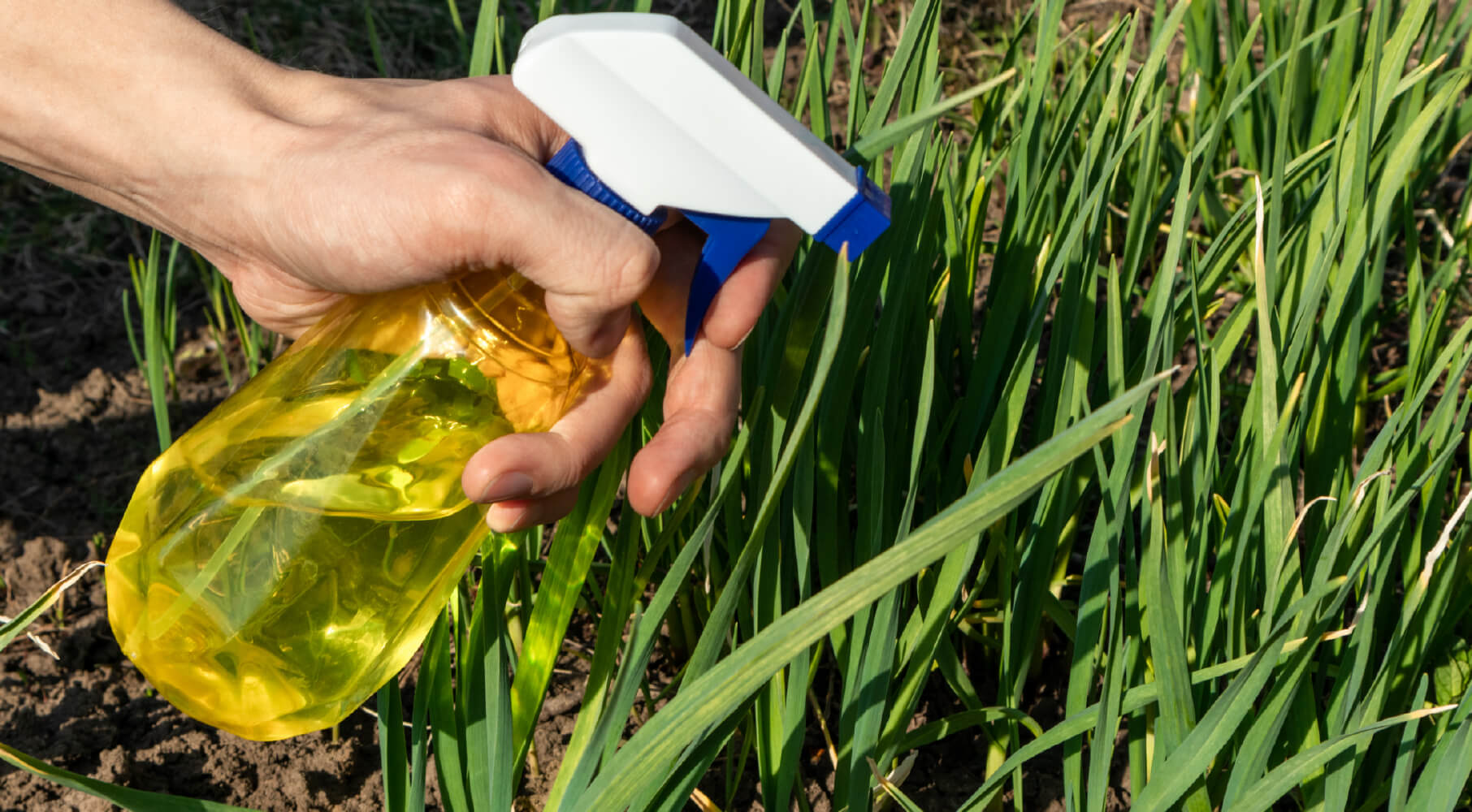
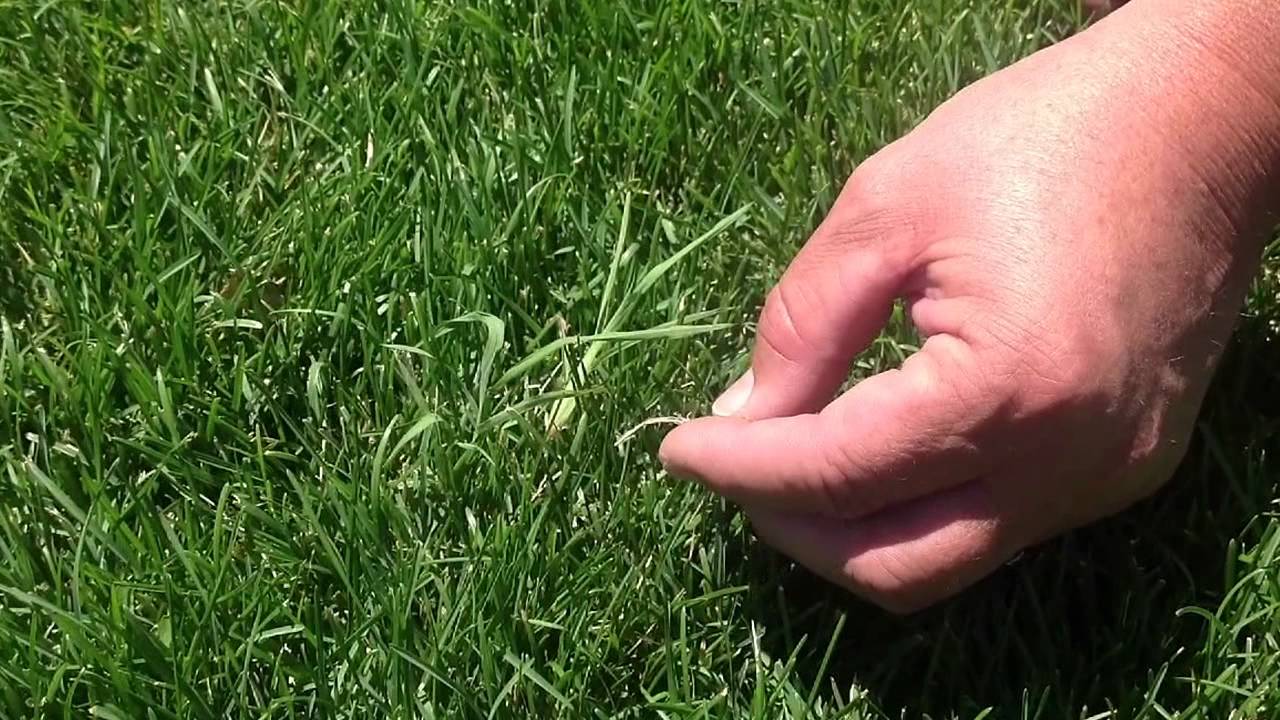
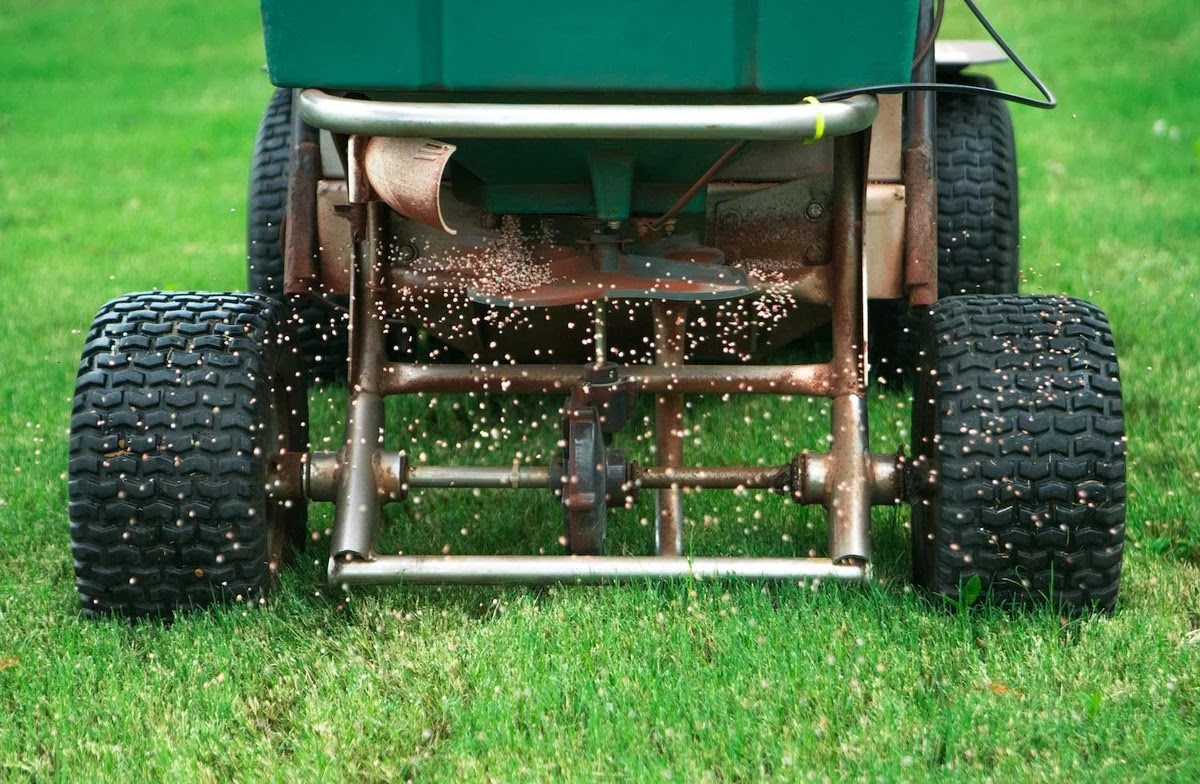
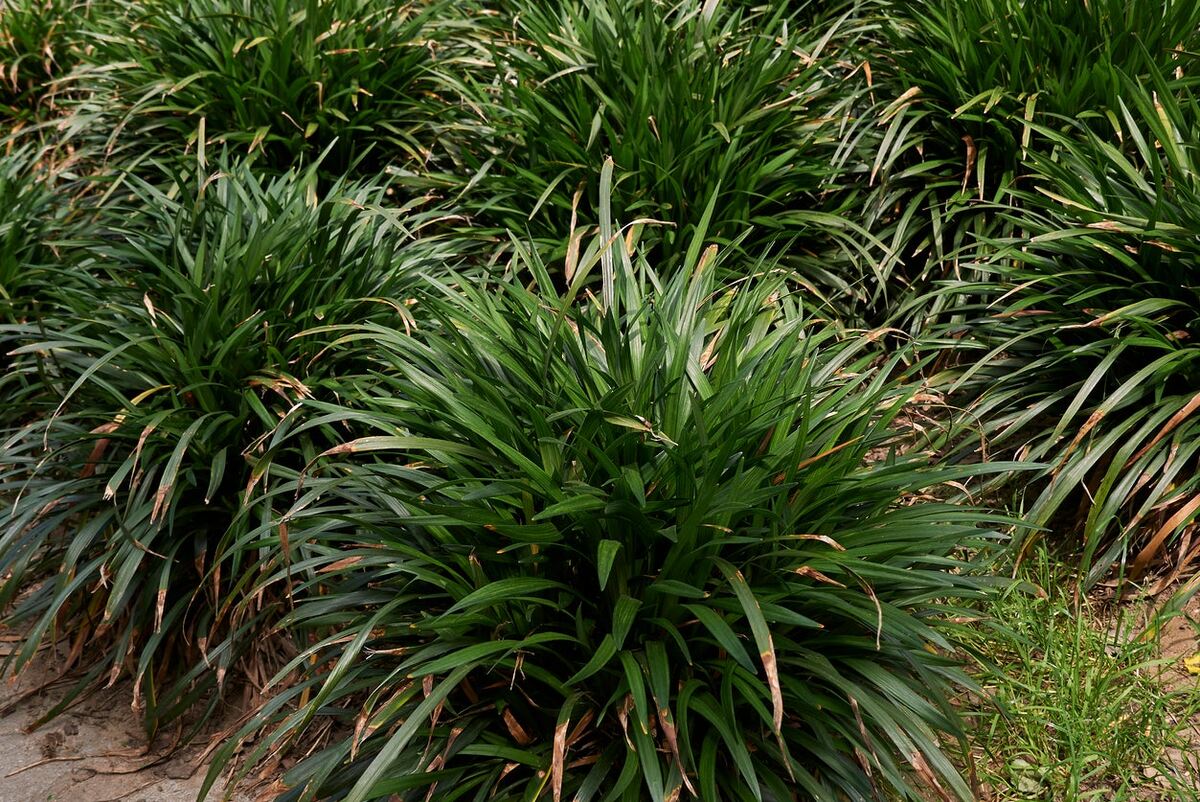
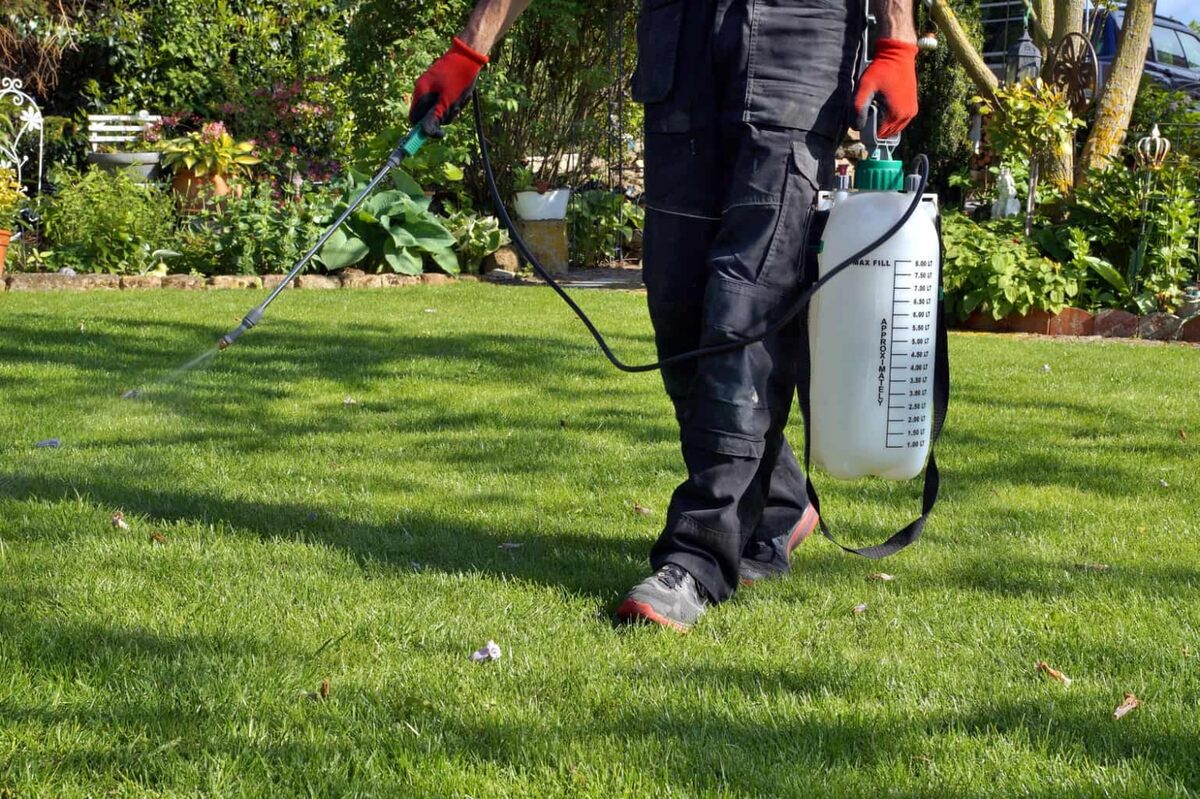
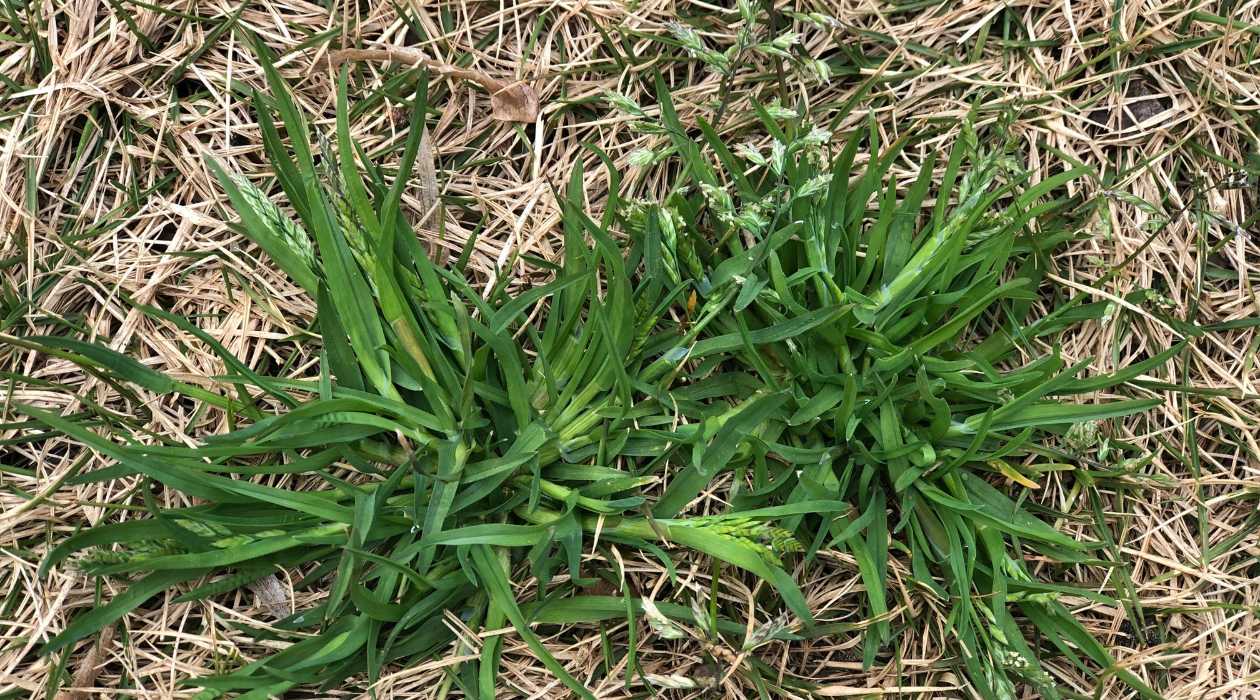
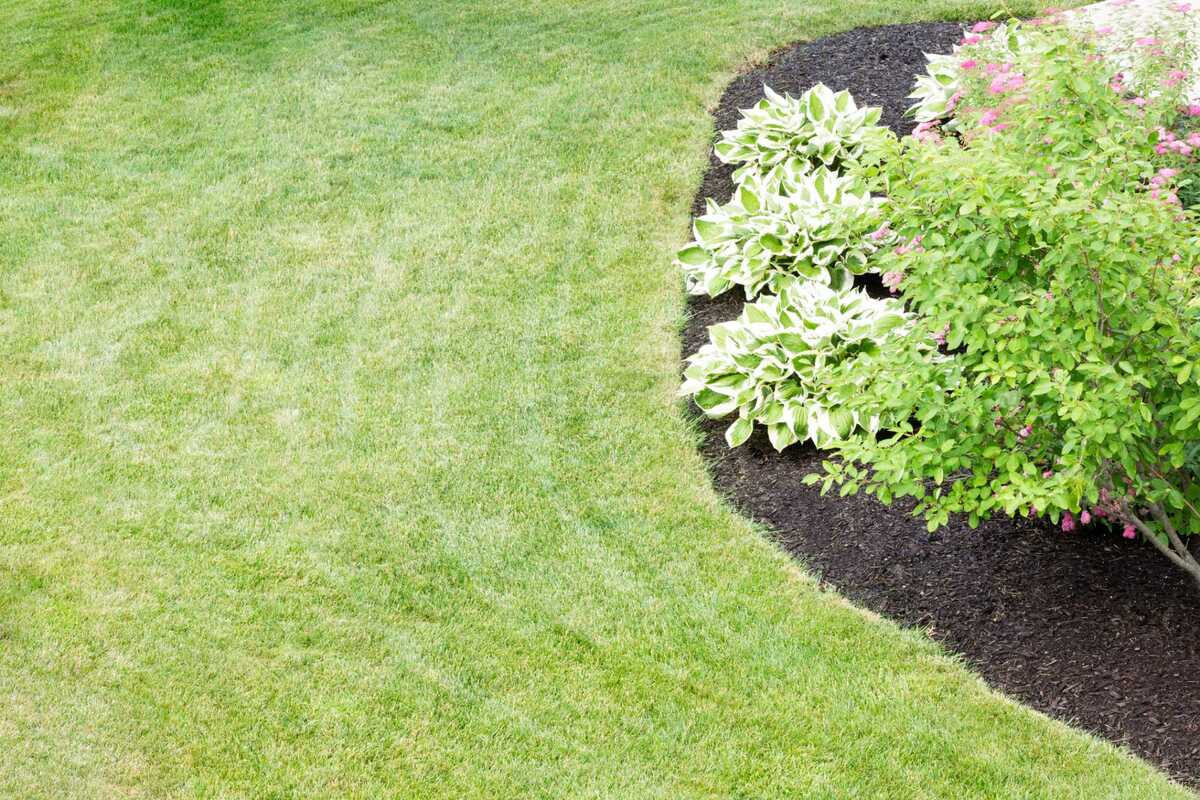

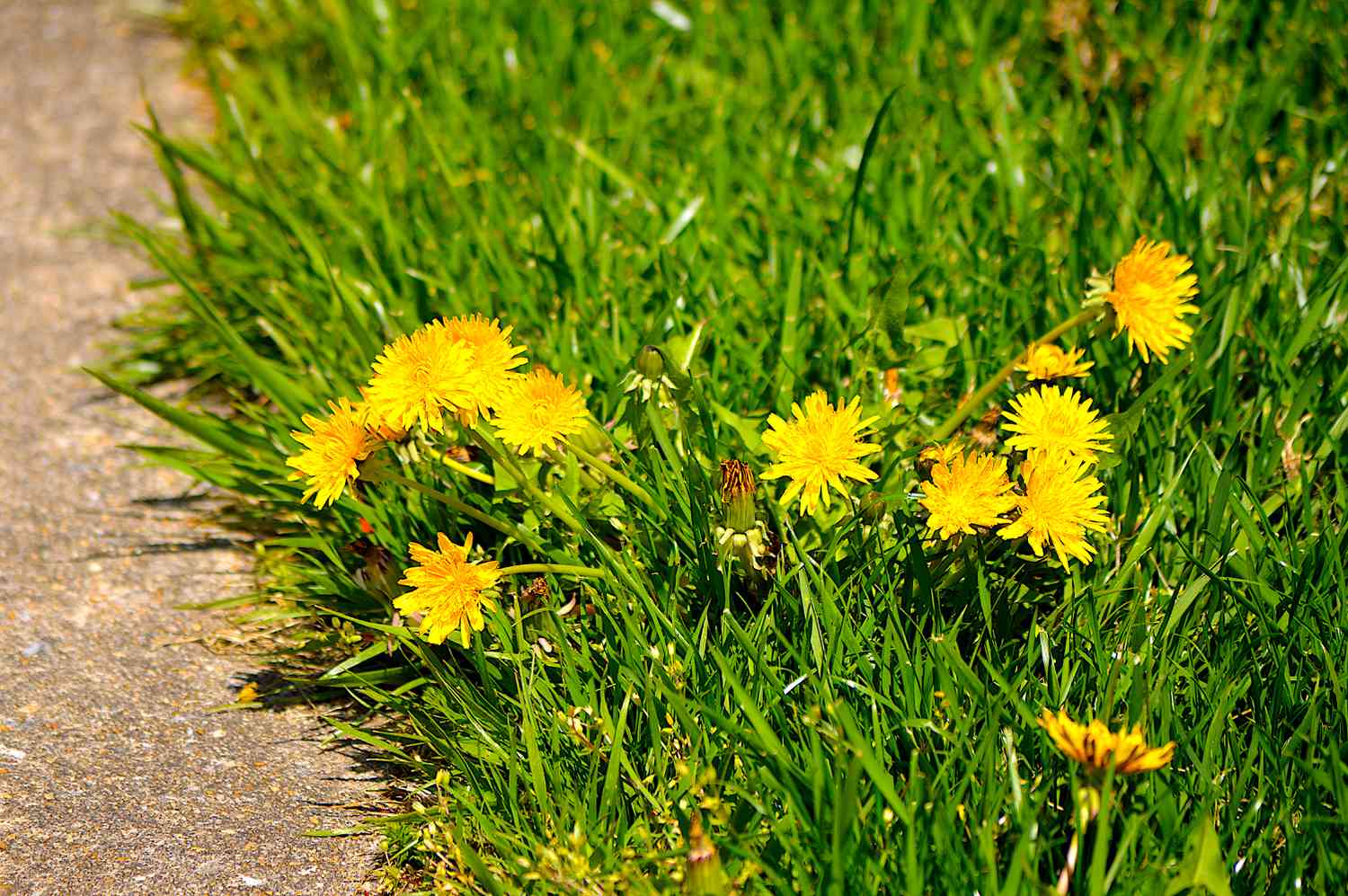

0 thoughts on “How To Kill Bent Grass”